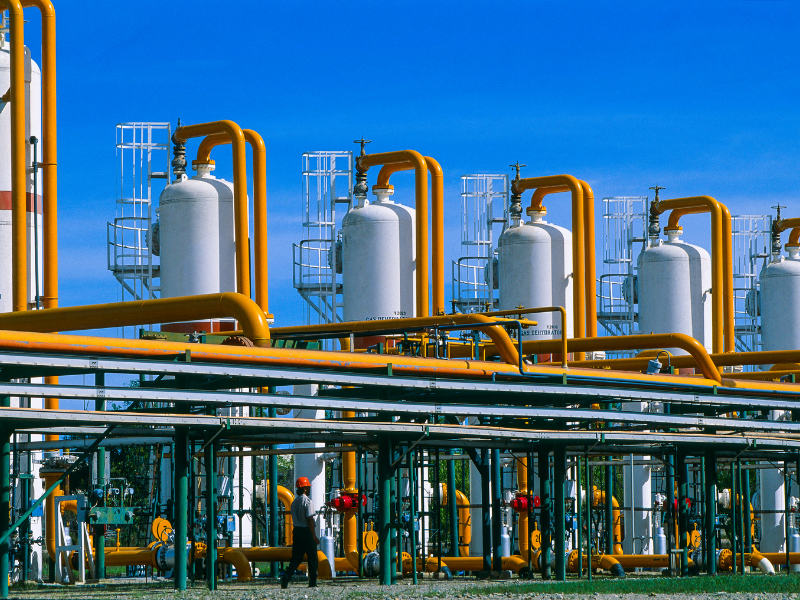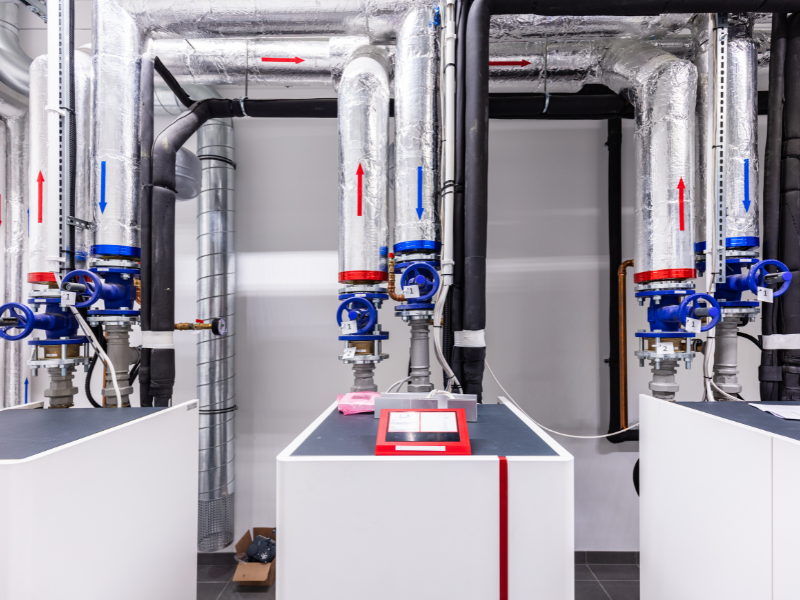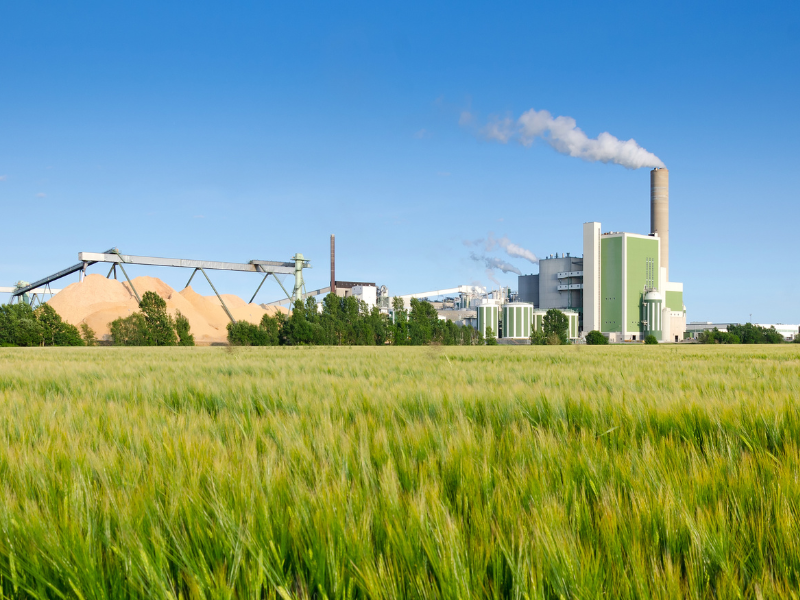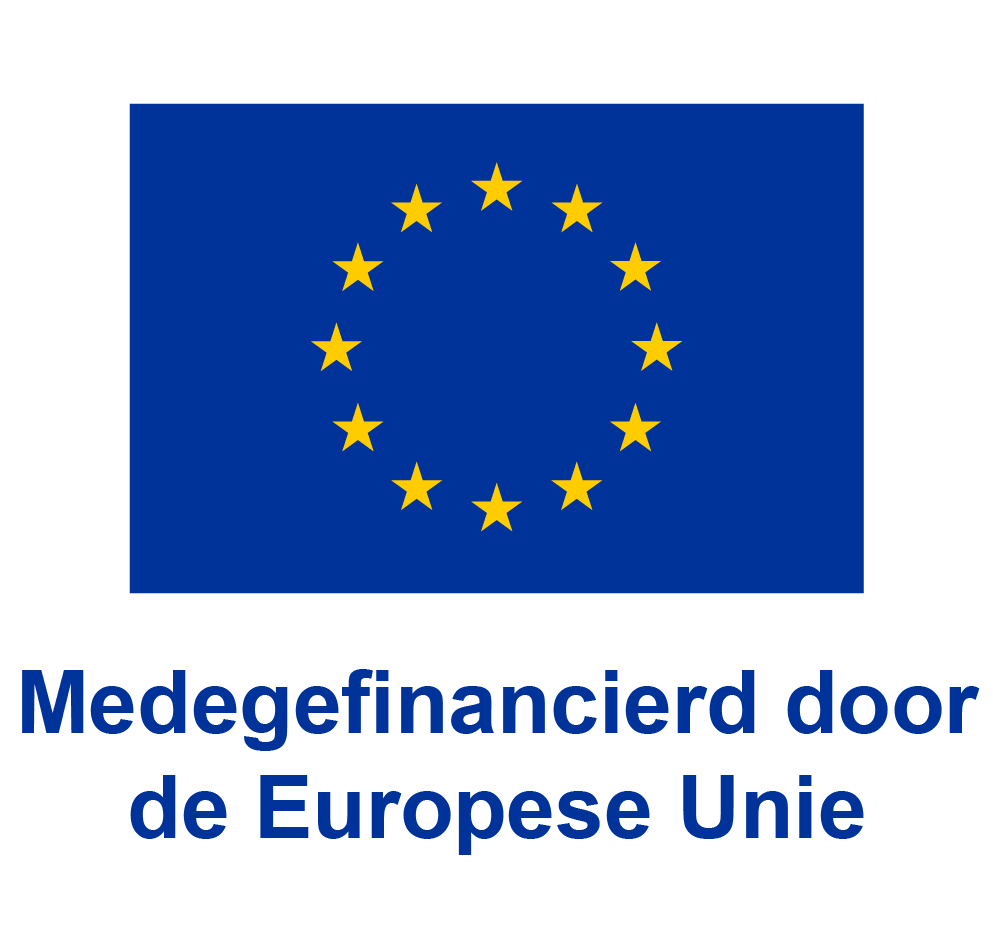Q&A with FLIE in sector update sustainable and climate neutral industry ING
In the September sector update, ING provided insight into various routes to a sustainable climate-neutral industry. In depth, Gert Jan Braam (ING Sector Banker Industry) spoke to Peter van Hooft (Director FLIE) & Marco Kirsenstein (Business Developer FLIE) about the potential of industrial electrification.
Read the Q&A below.
What is the purpose of the Fieldlab Industrial Electrification (FLIE)?
FLIE focuses on accelerating the development and implementation of technology for the electrification of production processes. With the aim of maximising CO2-reduction. In the energy transition, electrification of processes is crucial for making (process) industry sustainable quickly and efficiently. "Industrial end-users can further develop technology and make it ready for implementation in our safe, modern test and validation environment."
Who are the stakeholders and cooperation partners?
A broadly embedded stakeholder network ensures funding, support and continuity. FLIE is an initiative of Deltalinqs, the Port of Rotterdam Authority, InnovationQuarter, TNO and FME, supported by the province of South Holland, the municipality of Rotterdam, Plant One Rotterdam and the ERDF grant.
Technology suppliers provide innovative technology. They develop with research organisations and industrial end-users applicable solutions for making (process) industry more sustainable. "At the field lab, (inter)national players can work together to realise the potential of the energy transition."
Which technologies are being further developed?
The Fieldlab focuses specifically on further developing electrification solutions:
- Power-to-Heat (P2H): generation of process heat for industry (40% industrial energy use) using electricity instead of fossil fuels.
- Power-to-Chemicals (P2C): application of hydrogen. And the conversion of CO2 and other greenhouse gases into bio-chemicals and deploy them as 'green molecules'.
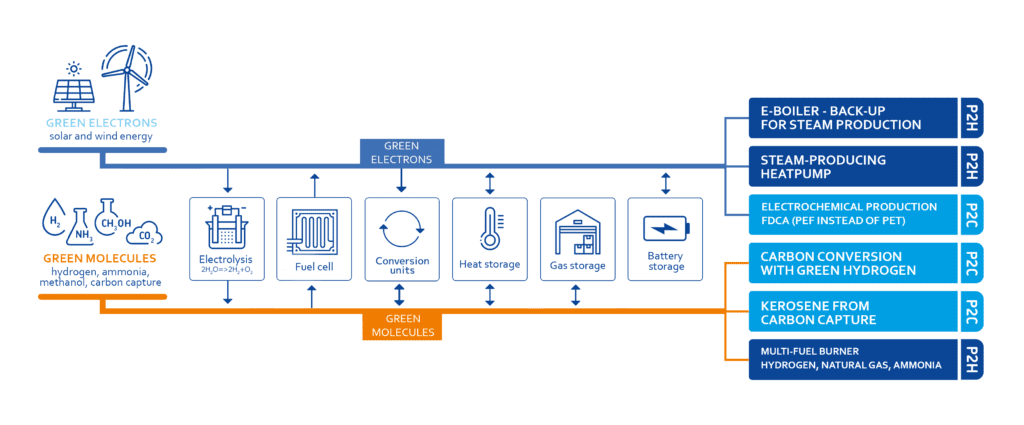
Where does the FLIE expect the fastest results from innovations?
Power-to-heat technology and solutions (e-boilers and steam heat pumps) are rapidly implementable. The use of electrolysers for (in)direct conversion of CO2 t.b.v. green molecules (hydrogen) as fuel is expected to be widely applicable within 5 years.
What is the longer-term potential of Industrial Electrification?
The potential of electrification is enormous and with it the contribution to CO2-reduction. Energy supply from solar and wind will be able to be exploited and applied on a much larger scale. And electrolysers are only at the beginning of the development curve and large-scale applicability.
Read the complete sector update here.
